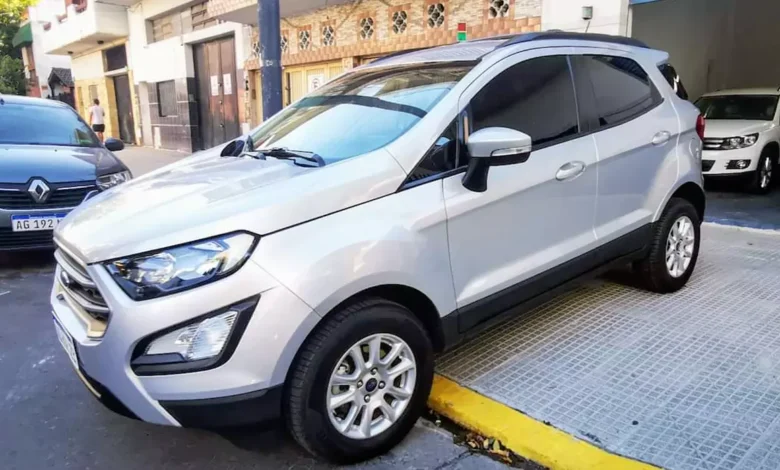Ford is Coming Back to India!

No, no, no – the headline is clickbait because there is no confirmed answer. However, read some of the critical insights in the following paragraphs.
Is Ford planning a return to India? The question has been around for about a year, and there are a number of signs that point to the American automaker actually being involved in plans for a comeback in India. Here are some new details on Ford’s intentions to return to India.
Ford revamping
According to an EconomicTimes story citing sources, Jim Farley, Ford’s CEO, is examining a feasibility study about the company’s potential return to India, and a decision will be made soon. Ford’s return to India will depend on exports, electric cars, and the retooling of the Maramalainagar plant in Chennai if approved.
Anonymous statement
“A report on the feasibility of re-entering India and the market’s growth potential has been prepared. This will now be considered by the global team at Ford’s headquarters. We expect a positive response. Feeling is that it is not right to stay out of India, especially as the brand is still well-known to potential buyers. If a re-entry into India is approved, Ford may still take around one year to start production at the Chennai factory. There will be a lot of work that needs to be done, both on the legal side as well as making the plant and machinery fit for making cars again,” said an anonymous source from Ford to the Economic Times.
Notably, Ford India withdrew from its agreement to sell the Indian industrial group JSW its Chennai plant. JSW subsequently acquired a controlling interest in MG Motor India and plans to build an electric car plant in Odisha. Tata Motors has recently purchased Ford’s other facility in Sanand, Gujarat.
Ford may deposit a sizeable sum of money in the Chennai plant to benefit from import duty savings that the Indian government is now providing to foreign automakers who establish electric vehicle manufacturing here. The policy is called the Scheme For Manufacturing Electric Cars, or SMEC.
The Indian government will permit Ford, upon fulfilment of these conditions, to import 8,000 electric vehicles annually at a 15% import duty through the entirely built unit (CBU) route, provided that the vehicles are priced at least $35,000 US to safeguard the domestic industry. Ford will, therefore, have a considerable advantage in the market due to its ability to price its electrified vehicles quite affordably.
Ford’sFord’s downfall
Although the specifics of Ford’s plans for a return to India will soon be released, let’s quickly review the reasons behind Ford’s initial departure from the country.
Ford inaugurated the Sanand factory but was never able to recover its investments in this manufacturing, as the combined sales of the Figo, Aspire, and Freestyle proved to be a financial burden for the carmaker. Car exports from this plant were another significant wager, but even that venture failed. There wasn’t enough of a number. Ford started reorganising globally, and its Indian businesses came under fire for suffering significant losses.
The last nails in the coffin
A joint venture between Ford and Mahindra also took place, but Mahindra suddenly pulled out, which meant Ford had no engine. The corporation faced increasing operating losses, which were an existential crisis from which it would never truly recover. The final straw that broke the camel’s back was COVID-19. After Jim Farley, the CEO of Ford, based in Dearborn, Michigan, concluded that they had to save money and could no longer afford to lavish on the losing Indian subsidiary, Ford decided to fold.
